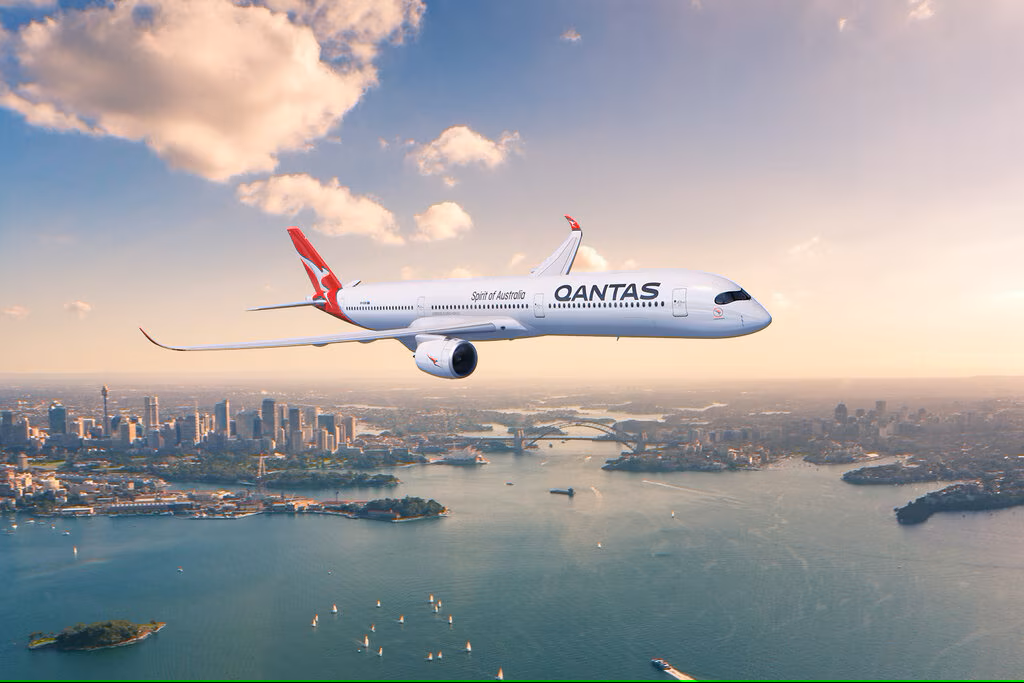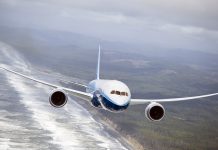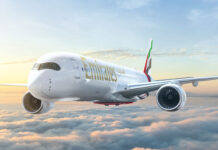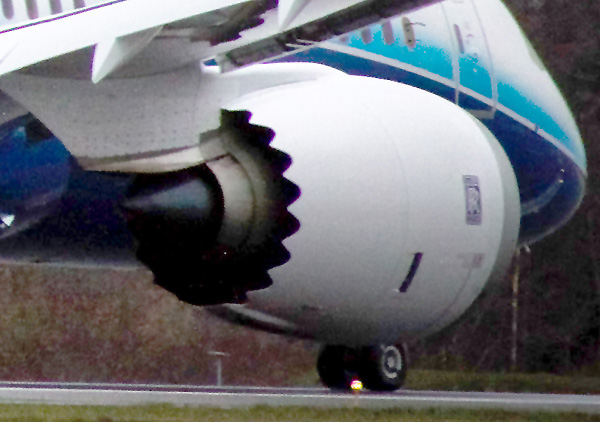It can be cramped to the point of discomfort, the food is bland or non-existent and free drinks on many flights are few and far between.
But economy passengers are currently enjoying one advantage over their smug, premium counterparts: global average fares at the back of the plane have fallen faster than they have at the front.
Average global return fares, before taxes and charges, fell almost 11 per cent last year from $US407 to $US363 and are expected to fall further to $US351 this year.
That made the average fare, when adjusted for inflation, 63 per cent less than what it was in 1995.
But the latest financial report by the International Air Transport Association reveals that premium fares fell by just 7 per cent on average on key routes in 2016.
“Premium airfares generally held up better than those in the economy last year,’’ the report says. “As a result, premium’s share of revenues on the important trans-Atlantic and Europe-Asia markets and this helped support airlines’ overall financial performance.’’
The new report shows that airline profitability globally is heading south, albeit from historically high levels, although industry share price rises in February outgunned with wider global equity market to the tune of 4.6 per cent compared to 2.7 per cent.
“Airline shares have risen by a solid 6.8% over the past year,’’ It says. “However, this has been driven entirely by the North American index (up 18 per cent) where market expectations about profitability have improved the most.”
Industry-wide profits declined for a second quarter but oil prices, which can lead to increases in airfares, remained stable with Brent crude trading in a tight band of $US55-$57 a barrel over February.
Despite moves by OPEC and non-OPEC companies to limit production, the report says financial markets expect only a modest rise in oil prices over the next two to three years with prices expected to remain below $US60 per barrel over this period.
Another parameter affecting fares, capacity growth, remains strong globally.
In terms of the industry measure of available seat kilometres, capacity rose 8 per cent year-on-year in January. The number of available seats was 0.4 per cent higher than in December and 6.7 per cent higher than January a year ago.
Eighty-six new aircraft were delivered in the month, up from 75 the previous January but down from 203 delivered in December.
This left the passenger load factor — the number of seats filled by passengers — at its highest annual average last year and t has remained elevated this year to hit a record high for the past three months.
Global airline yields, a measure of average fares defined in US dollars per revenue passenger kilometre, have been falling since 2014 and dropped 8.8 per cent last year.
However, IATA says that the measure increased in seasonally adjusted terms in December when corrected for US dollar exchange rate fluctuations.
It was unable to say, however, whether this marked a turning point for the downward trend in yields.
Certianly that is not the expectation of some airline executives, who have warned that increased compeition, the gowth of low-cost carriers and ongoing apacity growth will continue to keep fares low.
























